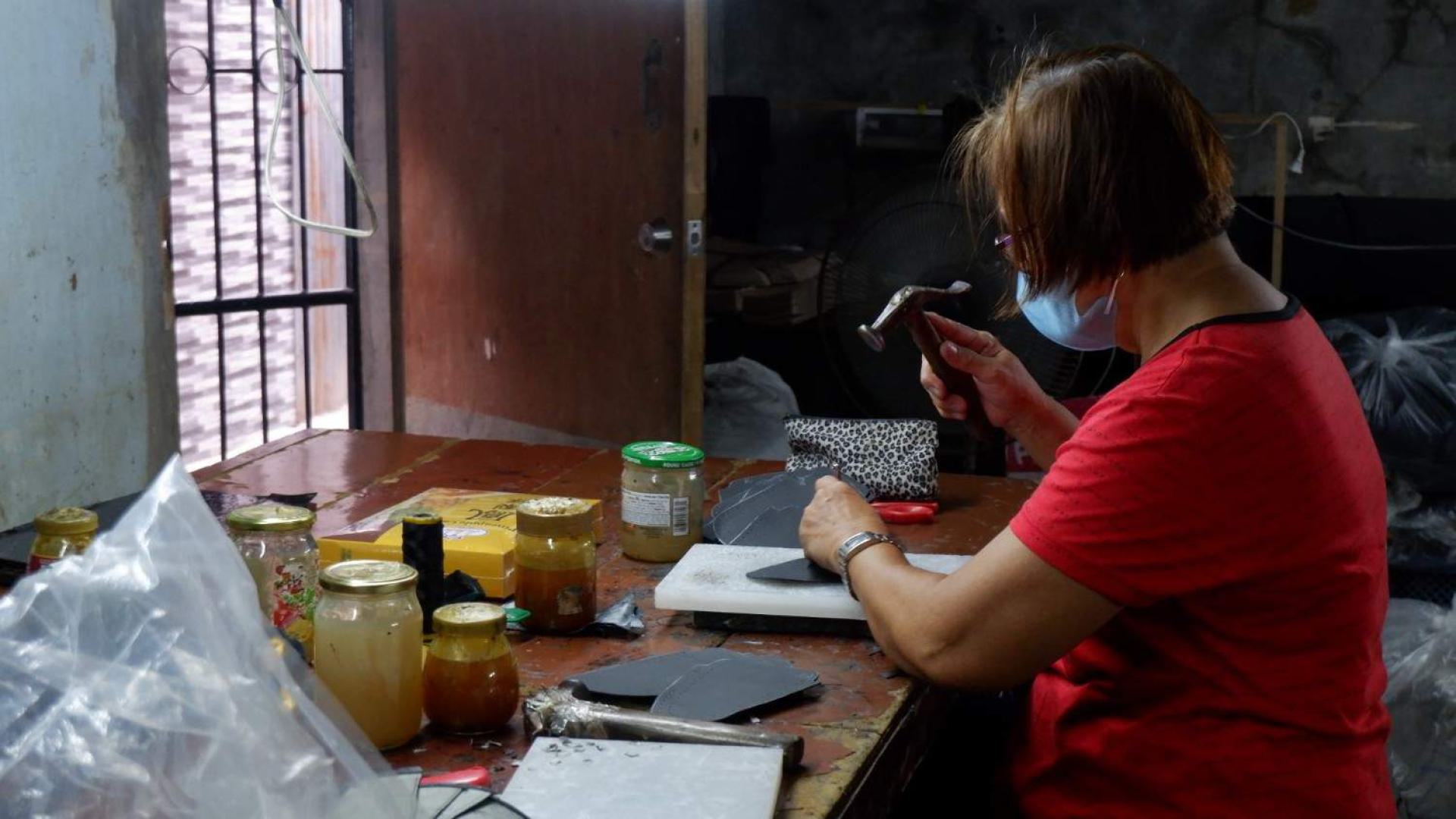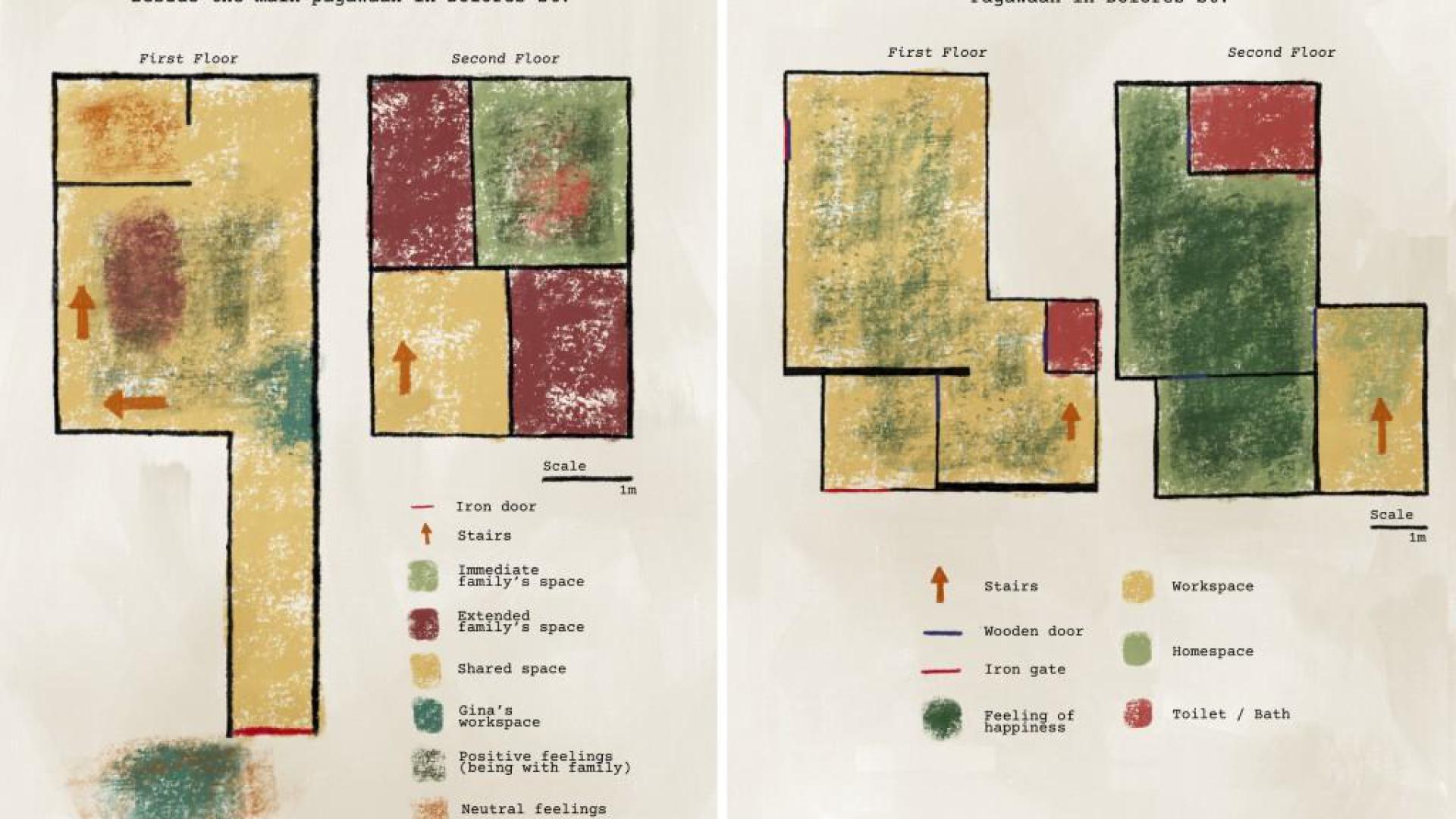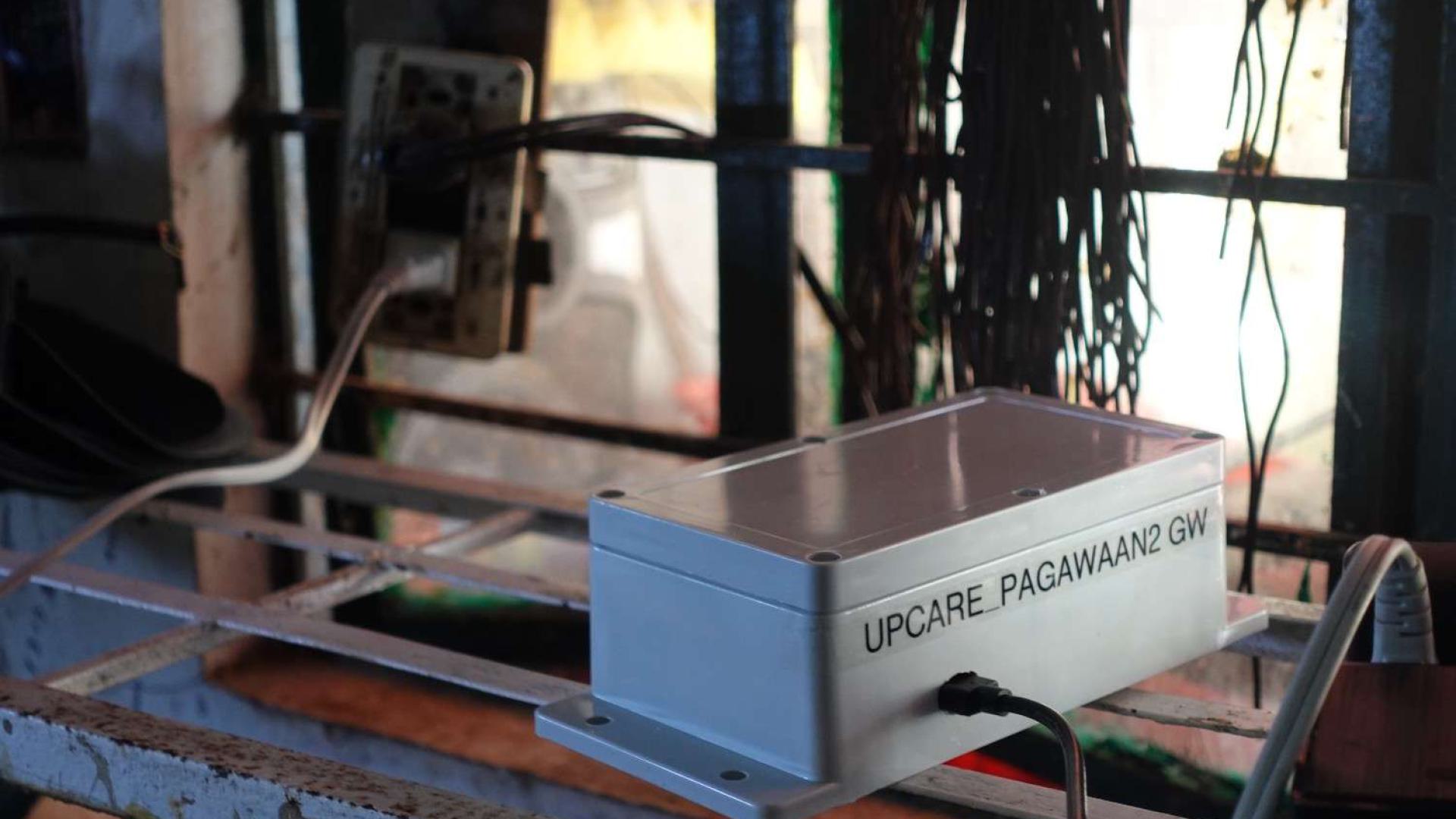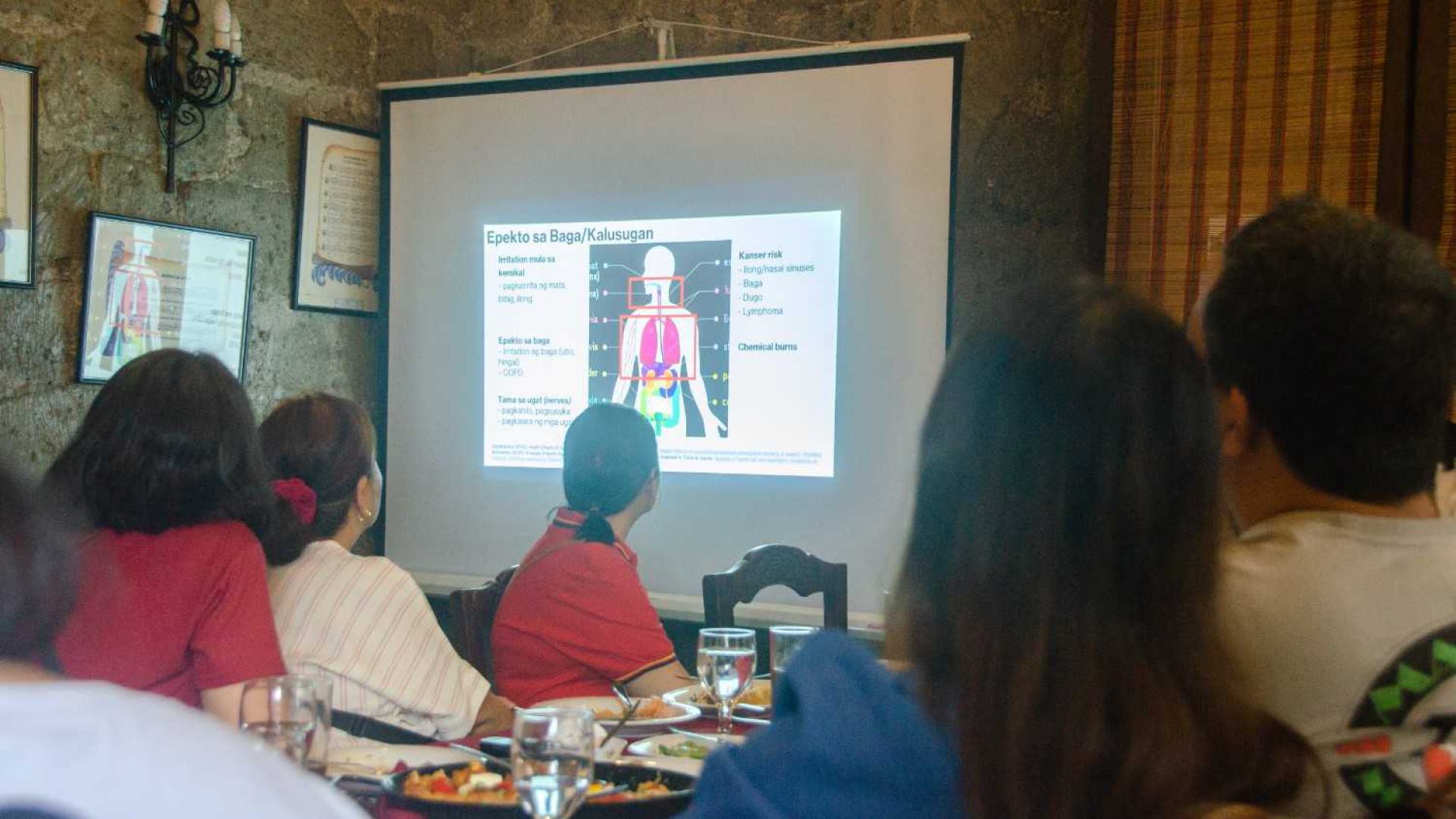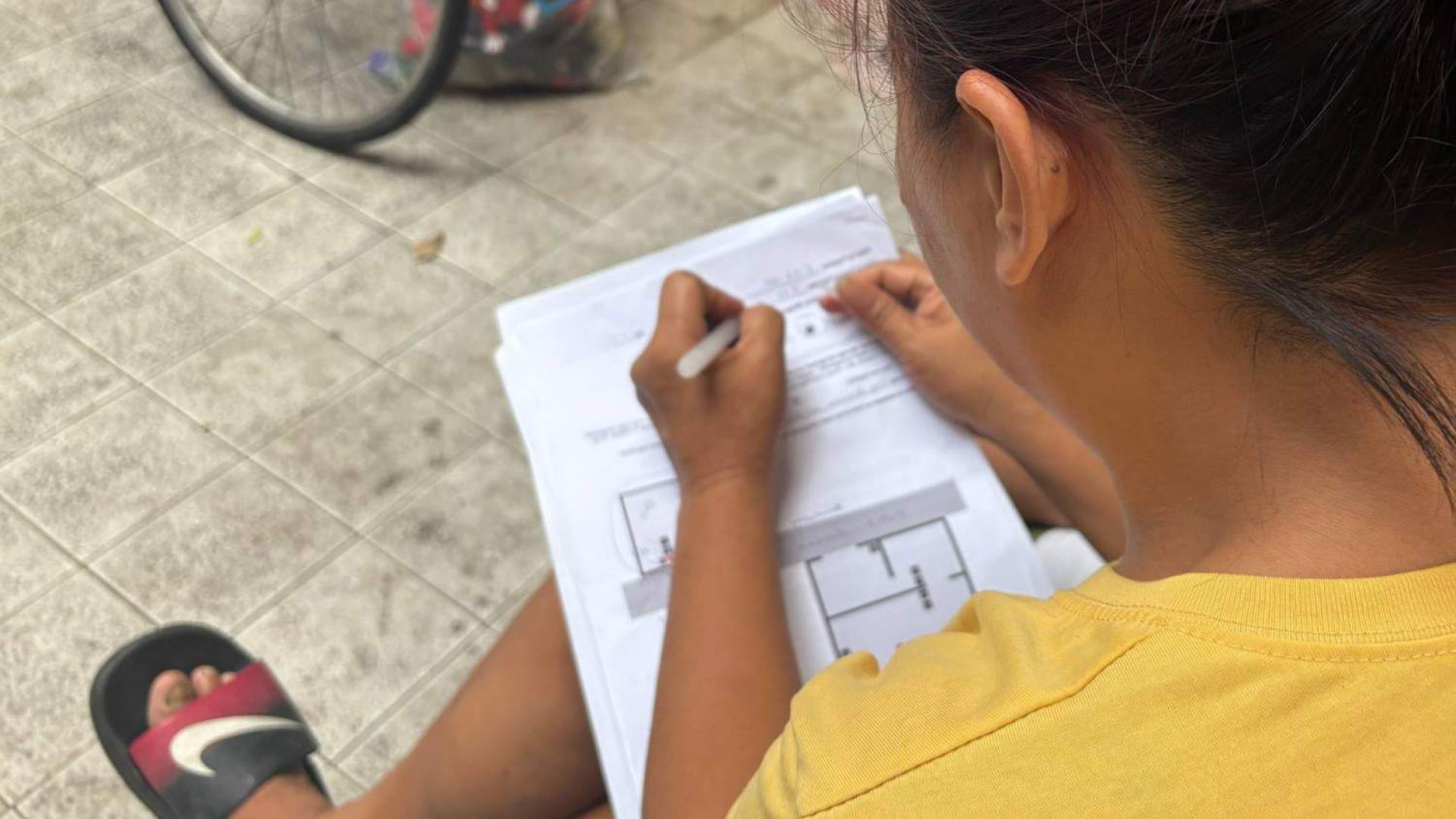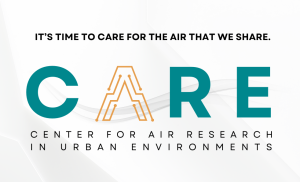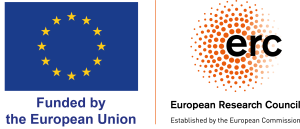Stepping Out and Into
In the “Shoe capital” of the Philippines, Marikina, shoemakers are regularly exposed to industrial chemical adhesives containing VOCs which have been associated with adverse effects on the nervous and immune systems. Drawing from ethnographic observations, the team collaborates with the shoemakers themselves in order to make these chemical exposures visible and actionable. Through a combination of creative cartography, air quality measuring devices, and air flow simulations, the team co-designs harm reduction strategies. The design highlights the process of slow collaboration involving open-ended and non-linear pathways to transformative and sustainable change.
Walking With and Through
Bringing attention to the research process, the design invites the audience to take part in the collaborative process of inquiry as participants by allowing them to go through the process step by step - initiated by taking one’s shoes off and placing themselves on another’s.
The blocks are meant to show an open-ended and non-linear process of inquiry, representing different steps that all involves an element of participation: 1) Ethnographic fieldwork, 2) Community engagement, 3) Making visible, 4) Feedback and consultation; 5) Sensing and measuring air; and 6.) Co-designing with engineers and shoemakers. The arrangement of the blocks presents multiple pathways in the collaborative process in which the participants can hop into any step at any point, linger in some a bit longer than others, and engage with other participants.
Beyond fostering hope or creating awareness on chemical pollutants in the air, the design highlights the importance of acting in a permanently polluted world by co-creating harm reduction tools and strategies with affected communities.

 Free wifi available
Free wifi available
 Toilets available
Toilets available
 Fully wheelchair accessible
Fully wheelchair accessible
 Wheelchair friendly toilet available
Wheelchair friendly toilet available
